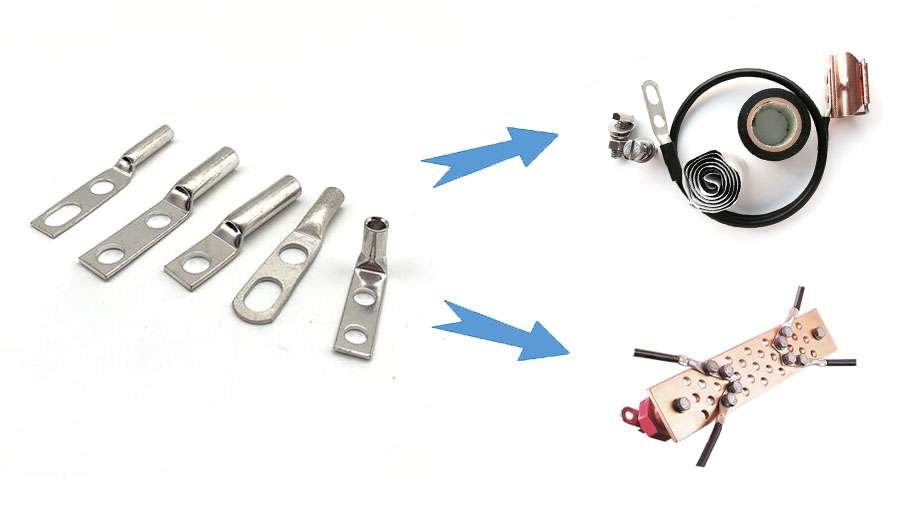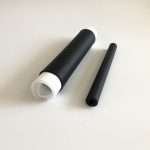How to Choose A Cable Lug/Cable Terminal
In a cable lug/terminal, the contact force is one of the basic elements. If there is not enough contact pressure, it’s useless, it is useless to use the best conductive material. Because the contact force is too low, there will be displacement between the wire and the conductive sheet, resulting in oxidation pollution, increasing the contact resistance, and causing overheating. Taking the DRTB2.5 crimping frame assembly as an example, it only needs to apply a torque of 0.8Nm to the screw to generate an actual contact force of up to 750N, and the magnitude of the force has nothing to do with the cross-section of the wire. Therefore, the use of the terminal crimping frame has a permanent connection that is not affected by any environment and has a large contact area and a large contact force. The magnitude of the voltage drop at the contact point with a small voltage drop is also one of the criteria for identifying the quality of the terminal block.

Even with a small force-distance applied to the screw, the value of the voltage drop is still well below the limits required by VDE0611. At the same time, the applied torque varies over a wide range and the voltage drop is almost constant. Therefore, although the torque used by different operators is different, it will not affect the quality of the connection. This is another proof of the reliability of the crimping frame used for the terminal block. Self-locking high contact forces are only meaningful if they permanently act on the conductors.
The use of crimping frames for the terminals also has the greatest reliability in this regard. During the tightening of the screw, the threaded tongue on the crimping frame springs upwards, thereby creating a reaction force against the screw. Changes in wire diameter due to temperature are offset by the elasticity of the crimping frame itself, so there is no need to tighten the screws again. The crimping frame on which the wire is pressed is subjected to an aging test of 168 hours under an environment of 130oC, and then a vibration test of 168 hours is carried out at 20 times the acceleration of gravity. After completing these tests, which are more stringent than VDE0611, the pull-out force of the wire from the crimping frame is still higher than that specified in VDE0611
values are as much as six times higher, while the voltage drop remains the same. This unequivocally demonstrates the maintenance-free nature of the terminal block with a crimping frame. Air tightness A variety of environmental factors, such as temperature, air humidity, etc., have been acting on the terminal for many years, so the terminal must be able to withstand the test of adverse environmental factors. According to the test and actual experience in DIN41640 Chapter 76, it is proved that The crimping frame maintains its airtight properties even when connecting flexible conductors without crimp terminations.



